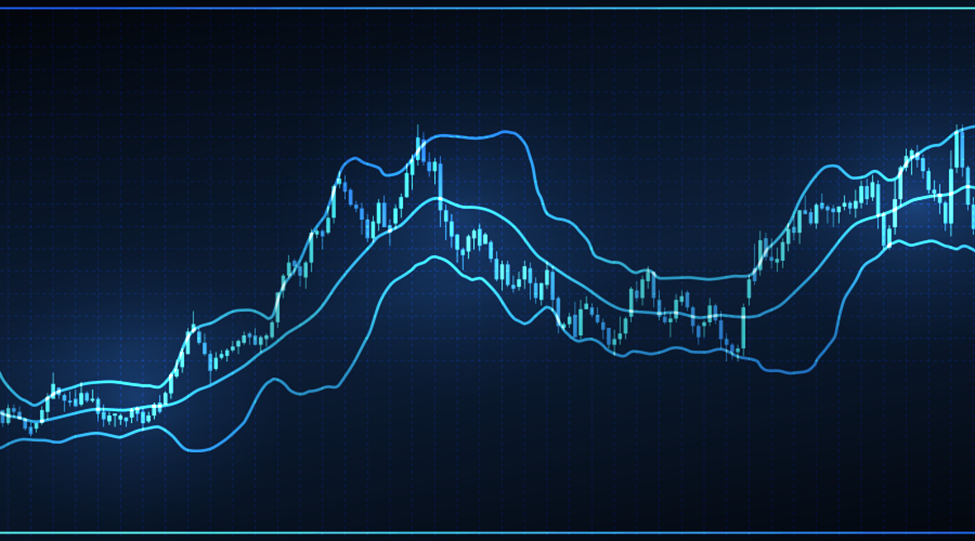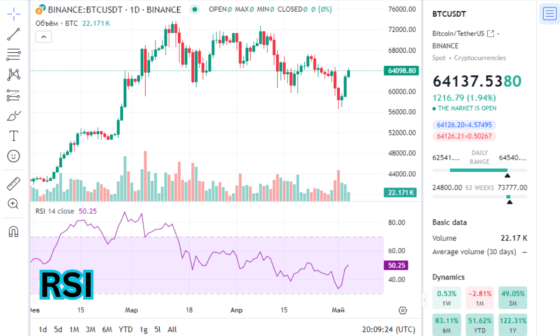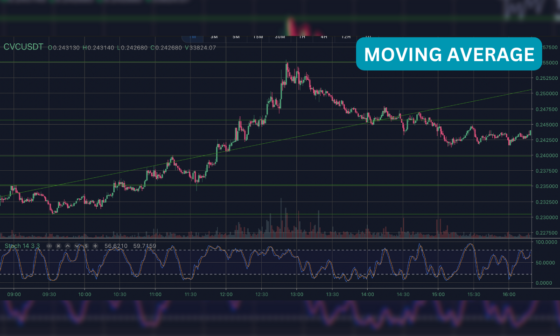
In the dynamic environment of technical analysis, traders are constantly looking for comprehensive tools to predict price movements and make profitable decisions. Two such technical analysis tools that have stood the test of time and have marked the point of enhancing the reliability of trading signals are the Head and Shoulders pattern and the Moving Average Convergence Divergence (MACD) indicator.
While individually, they offer a nuanced grasp of market trends and potential trend reversals, when combined strategically, their synergy provides savvy traders with an effective framework for spotting high-probability trading opportunities and maximizing earnings.
This article focuses on how you can effectively combine the Head and Shoulders pattern with the MACD trading strategy.
Let us begin!
Understanding the Head and Shoulders Pattern
The Head and Shoulders patterns are popular chart patterns used by traders to spot potential reversals. They form after an uptrend, and their completion marks a trend reversal.
A typical Heads and Shoulders formation contains three prominent peaks: the left shoulder, head (middle peak), and right shoulder. The head is the highest peak, and the two outside peaks (left and right shoulders) are low and approximately equal. Connecting the low points of these shoulders is a horizontal line called “neckline” that serves as a critical support level. A confirmed breach of the neckline serves as a confirmation of the bearish reversal as well as the completion of this chart pattern. Traders frequently wait for the price to close below the neckline before entering potential short positions.
Common Variations & Interpretations
While the classic Head and Shoulders pattern fulfills the given structure, variations are possible, resulting in diverse interpretations:
Inverse Head and Shoulders
The inverse Head and Shoulders pattern is the polar opposite of the standard head and shoulders formation. It signals a bullish trend and informs bidders that the bearish momentum is running out. It can easily be identified as a buy entry in a chart. It is a bullish reversal pattern in which the head is lower than the two shoulders. It appears to be a reversed version of the head and shoulders pattern. If the head and shoulders in trading seem like three tops, then the inverse pattern looks like three bottoms.
The Head and Shoulders pattern in the bullish market represents a bullish-to-bearish trend reversal and indicates that an upward trend is approaching its end. An inverse Head and Shoulders pattern in a bearish market implies that the trend has reached its bottom and may be about to reverse.
Complex Head and Shoulders
Multiple shoulders are observed in some cases, which may result in a more intricate pattern. Traders should remain focused on overall symmetry and compliance with essential features.
Extended Right Shoulder
The right shoulder can sometimes extend beyond its usual structure, resulting in an extended pattern. Extended patterns demand more confirmation, therefore traders must exercise caution when dealing with them.
Understanding the key characteristics and common variations of the Head and Shoulders pattern can help traders improve their ability to recognize potential setups. Traders can make informed trading judgments based on this effective bearish reversal formation by carefully observing price charts and volume analysis, as well as the symmetrical structure.
Incorporating the MACD Indicator
The MACD indicator is a powerful momentum indicator that shows the relationship between two moving averages (MAs) of the price of an asset. It has two lines: the MACD line and the signal line. The MACD line is the difference between two exponential moving averages, and the signal line is a 9-day EMA (Exponential Moving Average) of the MACD line. The signal line is drawn on top of the MACD to indicate buy and sell signals.
When the MACD line crosses over the signal line, it produces a bullish signal, suggesting the possibility of an upward trend. When the MACD line crosses under the signal line, it produces a bearish signal, implying a possible downtrend.
Many traders employ MACD crossovers and divergences to spot market reversals and possible trend changes.
The Powerful Integration of Head and Shoulders with MACD
Momentum oscillators like MACD and Relative Strength Index (RSI) can help with the analysis of the Head and Shoulder pattern. Our focus here is to explore how to combine the Head and Shoulders pattern with the MACD strategy for effective trading. Here is how to do it:
Validation of Divergence
Traders generally seek for divergence between MACD patterns and price movements. When a chart pattern, such as the Head and Shoulders pattern, aligns with a bearish MACD divergence, it increases the indication of a possible reversal.
Look for bearish divergences between the MACD and the price when using the MACD with the Head and Shoulders pattern. If the price makes higher highs while the MACD makes lower highs, it indicates fading bullish momentum and confirms the bearish reversal suggested by the Head and Shoulders pattern.
Confirmation of Reversal
When a Head and Shoulders pattern appears near the end of an uptrend, traders may employ the MACD pattern to confirm a likely reversal. If the MACD line crosses below the signal line near the same time that the neckline of the Head and Shoulders pattern breaks, it offers additional validation of a bearish reversal.
- Look for a head and shoulders pattern in the price chart, indicating a possible trend reversal.
Use MACD to verify the reversal:
- When the price creates the left shoulder, check the MACD for a bearish crossover (MACD line crossing below the signal line), which indicates fading bullish momentum.
- When the price creates the head, verify the bearish signal with a more significant bearish crossover or MACD divergence.
- Watch for bearish action on the MACD to confirm a reversal when the right shoulder emerges.
- When the right shoulder forms and MACD verifies bearish momentum, consider entering a short position. Another possible entrance point is where the signal line leaves the MACD histogram area.
- Place stop-loss orders above the right shoulder to reduce risk and potential losses.
- Take-profit targets can be created using either support or Fibonacci retracement levels.
- To exit, wait until the signal line enters the histogram region.
Enhanced Timing
Timing is critical in trading. Integrating Head and Shoulders patterns with MACD indicators allows traders to better time their entrances and exits. For example, a bearish MACD crossover under the signal line after a confirmed breakout below the neckline of the Head and Shoulders pattern can present an entry point for a short position.
Risk Management
As with any trading method, risk management is essential when combining the Head and Shoulders chart pattern with the MACD. The use of stop-loss orders can limit potential losses in case the trade does not go as intended. Moreover, the use of trailing stop-loss orders enables traders to lock in profits as the trade moves in a favorable direction. Lastly, traders should consider overall market conditions and other technical indicators before making trading decisions.
Conclusion
In the complex terrain of financial markets, skilled traders use a diverse strategy. Integrating the Head and Shoulders pattern with the MACD indicator is an effective technique for gaining a comprehensive understanding of market dynamics. By using the Head and Shoulders pattern to spot possible trend reversals and the MACD to verify these reversals and time exit points, traders can enhance their chances of success in trading. However, it is critical to realize that no trading strategies are perfect, and risk management should always be a primary focus. With appropriate practice and discipline, traders may realize the full potential of this formidable trading combo.




